Reports
Update on Natanz: Construction Progresses Towards Large-scale Tunnel Complex
by David Albright, Sarah Burkhard, and Frank Pabian
January 11, 2021
Since our October 30, 2020, report on the construction of a new centrifuge assembly facility in the mountains near the Natanz enrichment plant,1 construction has progressed and tunnel entrance locations can now be identified with certainty. Most importantly, newly available high resolution satellite imagery confirms that construction is progressing rapidly at the largest mountain in the area, the most likely future location for the new underground assembly facility.
Figure 1, a high-resolution January 5, 2021, satellite image acquired by the Institute shows the layout of the monitored area, which includes the current construction staging area and future engineering support site, a small mountain south of the support site, and a large mountain south-west of it. The image shows a total of three excavated tunnel entrances to date; two at the small mountain ridge, and one at the large mountain ridge.2 The entrances can be accessed from the support site by following a road leading south and a road leading west, respectively, and are referred to as eastern tunnel entrance and western tunnel entrance areas herein. Electric powerlines now connect the staging area and eastern tunnel area to the main power grid (the western tunnel area is still in the process of being connected) and there is a new security perimeter that is being installed near the staging area.
Figure 2 shows a close-up of the current construction staging area and future engineering support site. A security perimeter is being added, in addition to several buildings constructed in the past months, further indicating that this area will eventually host administration and engineering offices, and possibly serve as a security access control area.
Figures 3 and 4 show the eastern entrances in detail; shipping containers in the well-cleared area outside the eastern main tunnel; a spoil pile that has expanded quickly. The image is sharp enough to show two pickup trucks outside the main tunnel entrance in detail. Figure 4 shows three nearby storage buildings, most likely for construction explosives, surrounded by a security fence.
Figure 5 provides an overall view of the western tunnel entrance area. Figure 6 shows excavation at the western main tunnel entrance leading into the large mountain. Two trucks and a shed can be identified in the cleared area. The spoil pile appears to be roughly the same size for this one entrance as it is for the two eastern entrances combined. Nearby is an explosive storage area, most likely for use in tunnel excavation. Another branch of the access road leads to the mountain at the previously identified potential tunnel entrance, but that area remains undeveloped at this time. Figure 7 shows the western tunnel associated explosives storage area consisting of four revetted explosives storage buildings.
The construction progress to date indicates a large-scale tunnel facility, connecting a small mountain ridge with a large mountain ridge, with enough room to harbor a facility larger in size than the original centrifuge assembly facility. Figure 8 shows the remnants of the destroyed assembly facility at the Natanz enrichment site. The area around the facility has been thoroughly cleared of blast debris and is now encompassed by a single perimeter security fence. The current state of the facility is unclear; whether it is being dismantled, albeit very slowly, further investigated, or preserved for a symbolic value or political purpose. In any case, our assessment is that the most likely location for the new assembly facility is best-protected, centered underneath the large mountain, far away from tunnel entrances. The tunnel will likely host additional security structures and blast traps, but could also include additional facilities, laboratories, storage, etc.
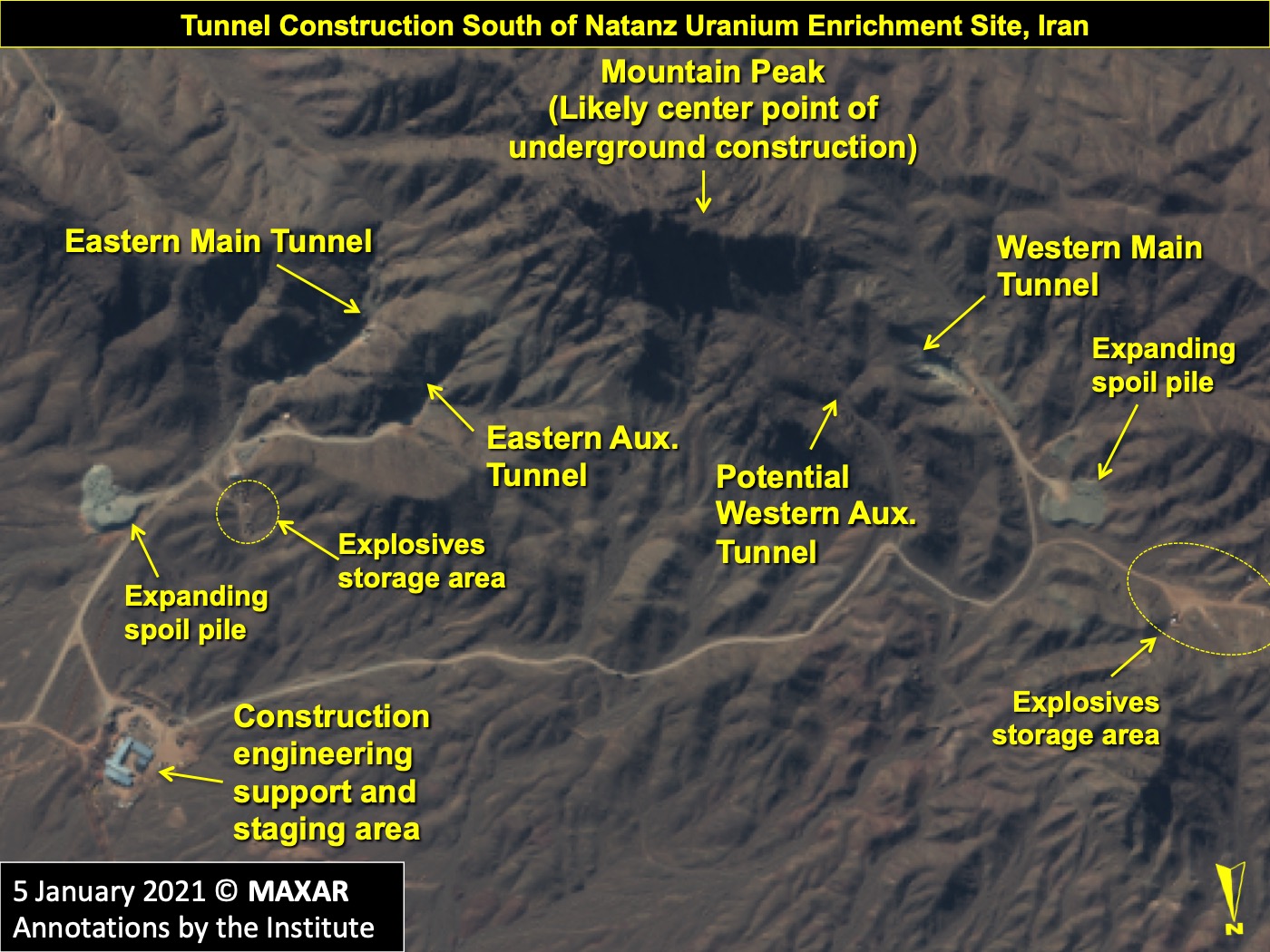
Figure 1. An overview of the construction area related to the future underground centrifuge assembly facility in the mountainous area south of the Natanz uranium enrichment site.
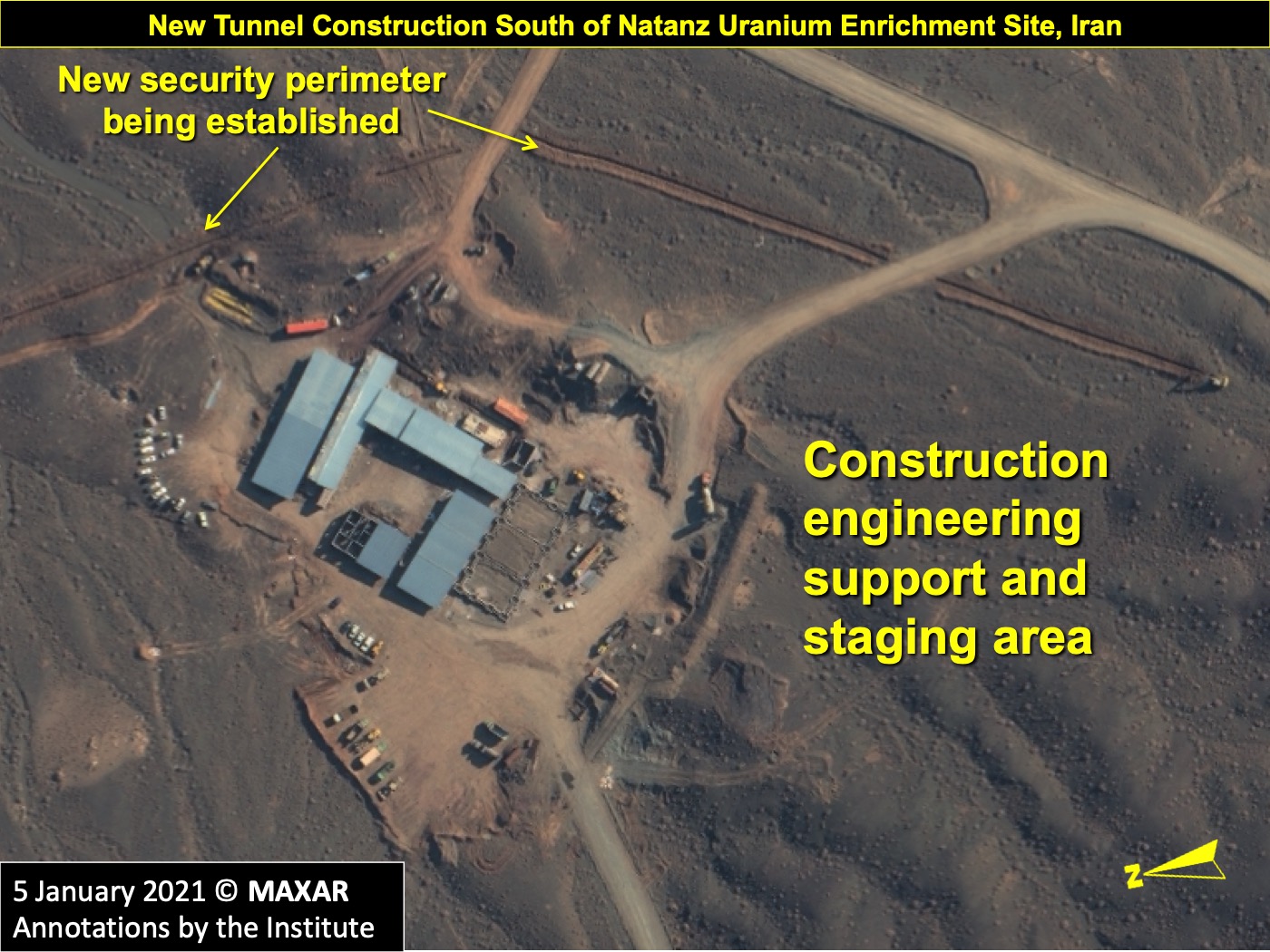
Figure 2. In addition to construction equipment, the construction staging area features several buildings and a partly-established security perimeter.
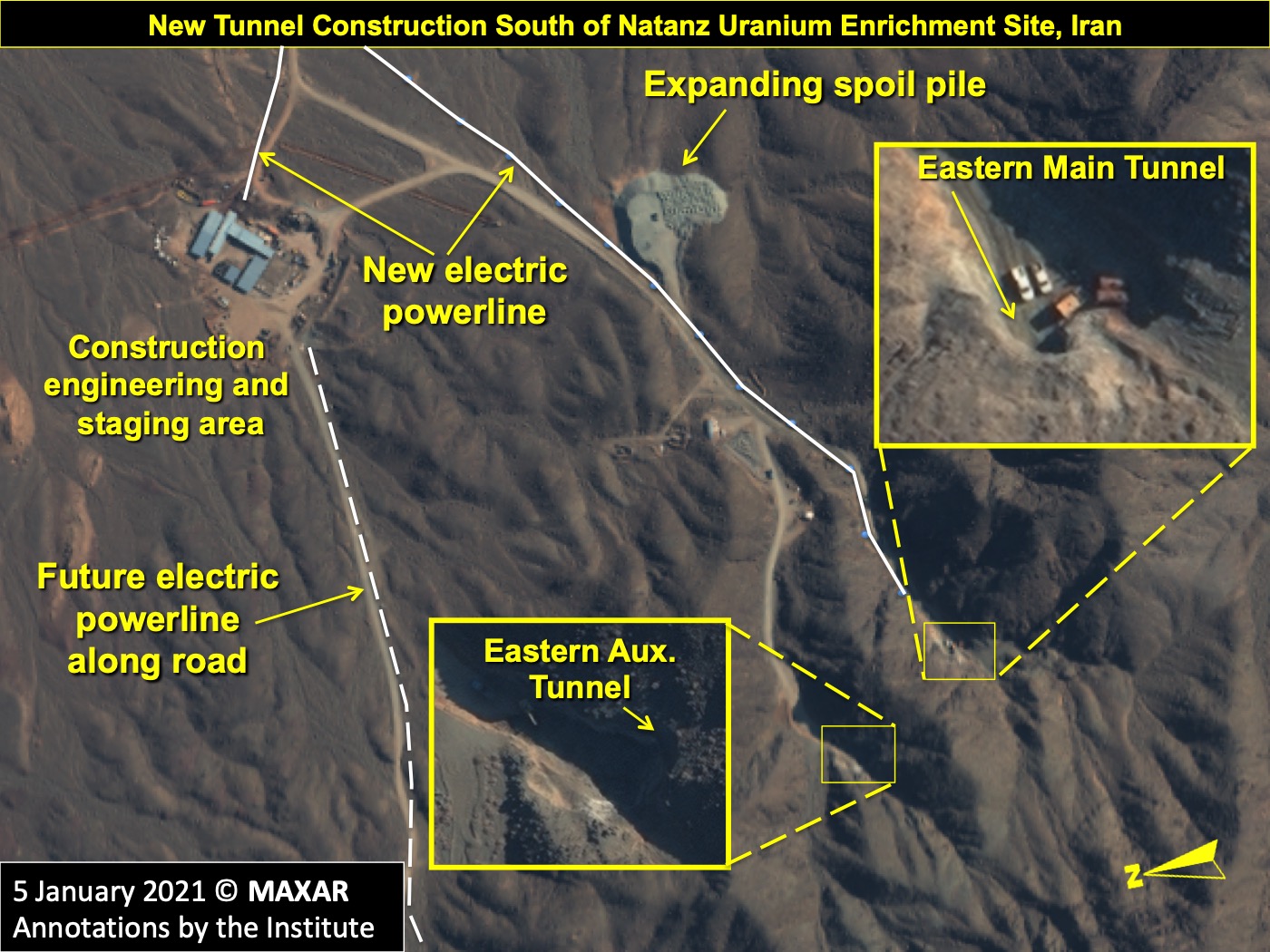
Figure 3. The eastern tunnel entrances in detail. An expanding spoil pile nearby indicates continued excavation.
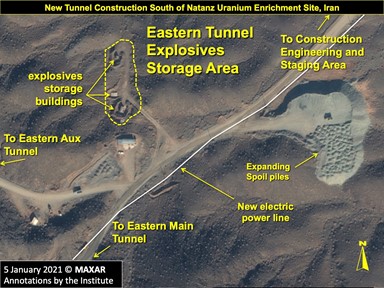
Figure 4. Three fence secured storage buildings for explosives, most likely for tunnel excavation, can be identified near the eastern tunnel entrances.
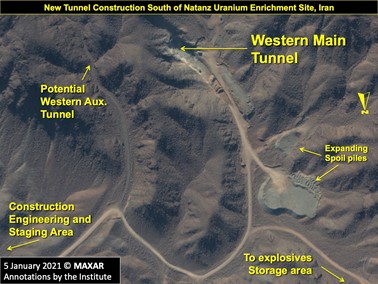
Figure 5. The western tunnel entrance area. An expanding spoil pile nearby indicates continued excavation.

Figure 6. A close-up of the western main tunnel entrance.
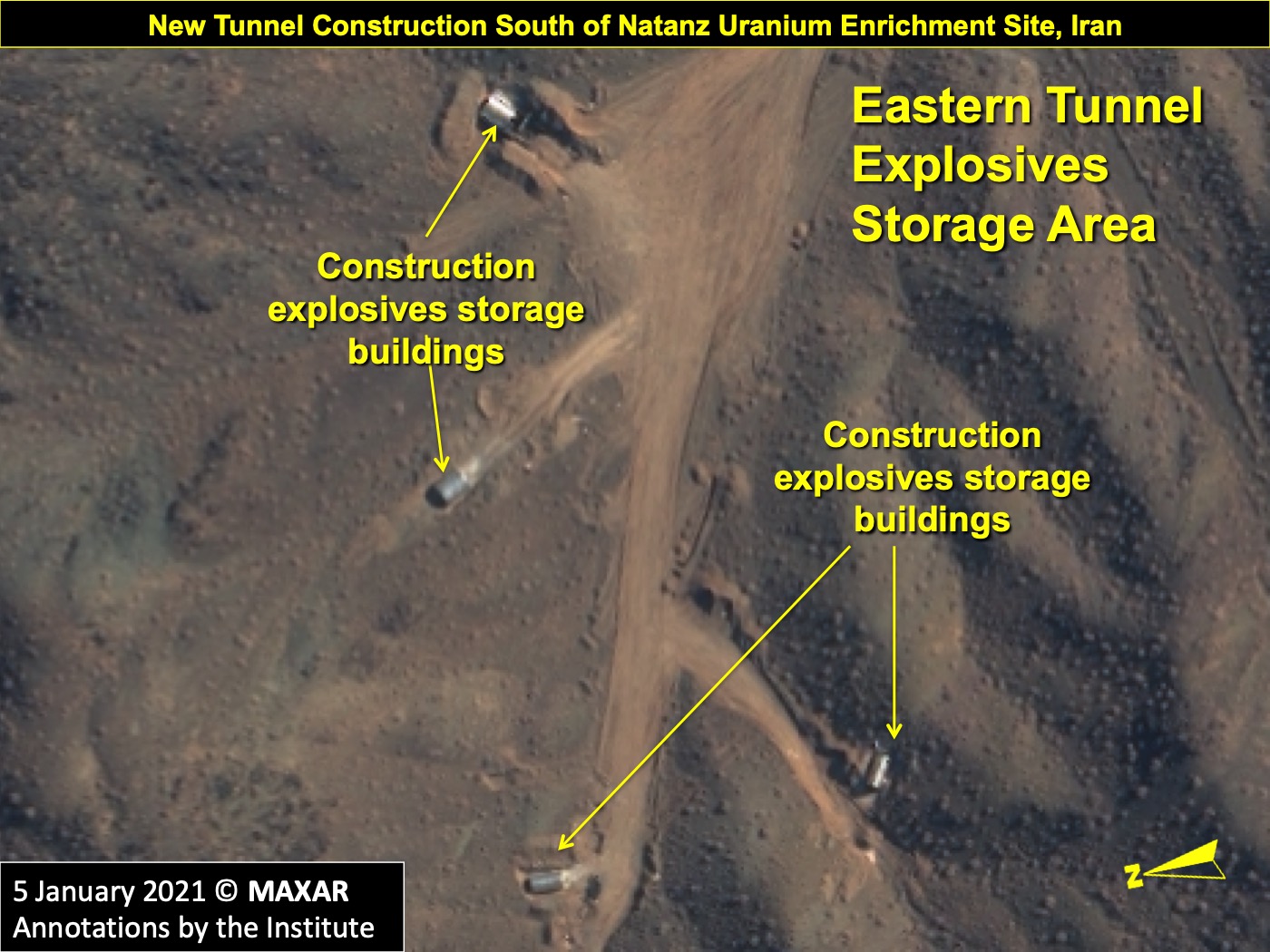
Figure 7. Four storage buildings for explosives, most likely for tunnel excavation, can be identified near the Western tunnel entrances
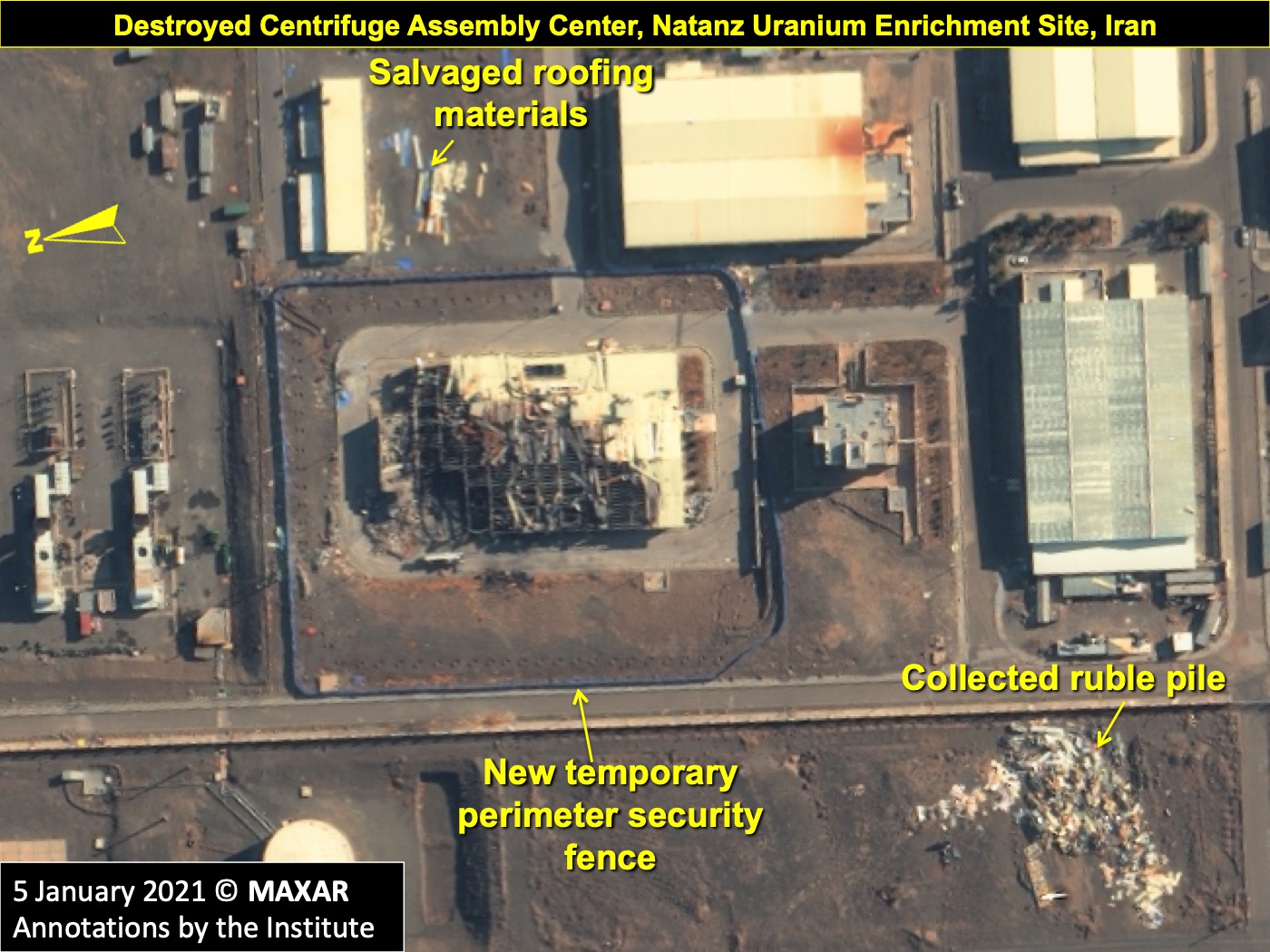
Figure 8. The remains of the original Iran Centrifuge Assembly Center (ICAC), destroyed by an explosion in early July 2020, are now secured by a perimeter fence.
1. David Albright, Sarah Burkhard, and Frank Pabian, “Update on New Construction Activity at Natanz,” Institute for Science and International Security, October 30, 2020, https://isis-online.org/isis-reports/detail/update-on-new-construction-activity-at-natanz/8t ↩
2. An AllSource Analysis Spotlight report shows earlier stages of the tunnel entrances: https://allsourceanalysis.com/wp-content/uploads/2020/09/SR-Natanz-Tunnel-Construction-Iran-2.pdf ↩

 twitter
twitter